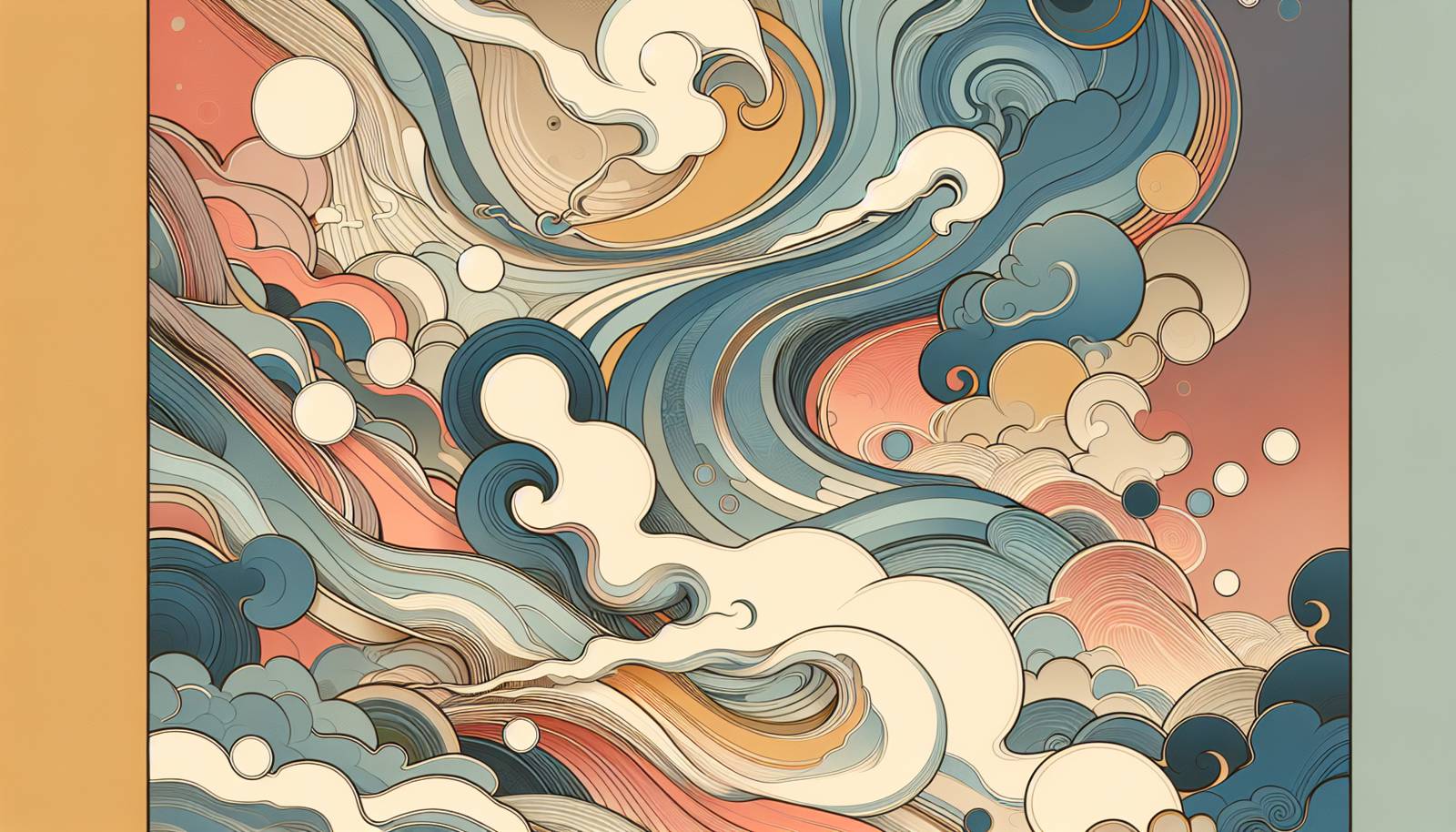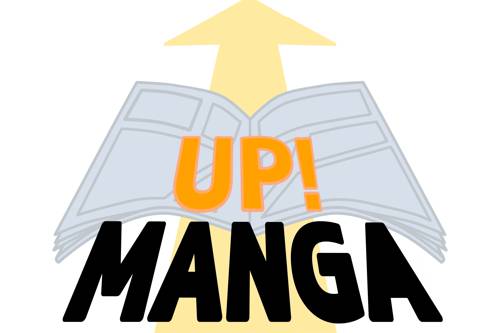
FAQ About The Influence of Manga on Visual Storytelling

What is manga, and how is it different from other comic forms?
Manga is a style of comic book or graphic novel originating from Japan, characterized by distinct visual styles and storytelling techniques. Unlike typical Western comics which are often in color and read left-to-right, manga is predominantly monochrome and is read right-to-left. This unique format contributes to its distinctiveness in the realm of visual storytelling.

How has manga influenced Western comic books?
Manga has significantly influenced Western comic books by encouraging diversity in artistic styles and storytelling methods. Western creators have adopted manga's dynamic visual techniques, complex character development, and intricate plots, leading to a fusion of styles that enrich traditional American and European comics.

What are some key visual storytelling techniques in manga?
Key visual storytelling techniques in manga include panel variation, expressive character designs, and exaggerated emotional cues known as 'manga icons.' Manga often uses dramatic perspective shifts and kinetic lines to convey movement and emotion, providing a compelling and immersive reading experience.

In what ways has manga impacted animation?
Manga has had a profound impact on animation, particularly in Japan with anime. The panel compositions, pacing, and character stylizations of manga often inform the creation of anime storyboards. Globally, these techniques have influenced the dynamics of narrative flow and action sequences in animated films and series.

What role does character development in manga play in its influence on storytelling?
Character development in manga is usually detailed and progressive, often over long arcs, which allows for deep character complexity and relatable growth journeys. This approach has inspired other forms of storytelling to invest more in character narratives and development, enhancing emotional engagement in narratives.

Why is manga often easier to adapt into anime compared to Western comics into animation?
Manga often serves as a close blueprint for anime adaptations due to its already cinematic storytelling structure, making transitions smoother. Unlike Western comics, which may require reinterpretation, manga panels succinctly capture pacing and visual direction that are easily translatable into animated form.

Can you give examples of famous Western media influenced by manga?
Films like "The Matrix" and graphic novels such as "Scott Pilgrim" have been influenced by manga. These works borrow elements like intricate fight choreography, visual aesthetics, and narrative depth, showcasing how manga's influence permeates various media forms.

What are 'manga icons,' and how are they used in visual storytelling?
'Manga icons' are visual symbols used to express emotions or actions in manga, such as sweat drops for anxiety or hearts for love. These icons provide immediate emotional context, enhancing storytelling by allowing readers to quickly understand characters' states of mind.

How has manga contributed to the development of global storytelling narratives?
Manga has contributed to global storytelling by introducing diverse genre flexibility and narrative depth. Its techniques encourage unconventional story arcs and character-driven plots, which have been adopted by international filmmakers and writers to create more nuanced and multifaceted stories.

Why is manga considered pioneering in visual storytelling?
Manga is pioneering because of its unique approach to blending visuals with narrative depth, using art as a powerful storytelling tool. It breaks traditional panel boundaries, employs artistic expression to convey internal emotion, and experiments with narrative structure, all of which inspire global creative communities.

What impact has manga had on the film industry worldwide?
The film industry globally has incorporated manga's illustrative storytelling techniques, such as pacing and visual framing, into its narrative forms. Directors often use its style to enhance dramatic scenes and character development, thereby expanding cinematic storytelling possibilities.

How does manga differ from Western graphic novels in its narrative approach?
Manga differs in its often serialized nature, with a focus on long-term storytelling and character development. It frequently integrates cultural nuances and personal storytelling styles that provide more varied narratives, in contrast to the often episodic or finite stories in Western graphic novels.

Has manga influenced any genres outside of comics?
Yes, manga's influence extends beyond comics into video games, fashion, and even literature. Video games often use manga-style art and narrative techniques, while fashion designers might draw inspiration from manga character designs. This cross-media influence shows manga's wide-reaching artistic impact.

Are there specific manga titles known for their innovative storytelling?
Titles such as "Akira," "Naruto," and "One Piece" are renowned for their innovative storytelling. They utilize complex plots, deep character arcs, and unique visual styles that push the boundaries of traditional storytelling techniques, inspiring various adaptations and derivatives.

What challenges arise when translating manga into other languages or formats?
Translating manga can be challenging due to cultural nuances and language subtleties that may not easily adapt across languages. Additionally, retaining the integrity of the right-to-left reading format and visual cues without losing narrative essence is complex. Adaptations must strive to maintain the original's impact and style.

Why are manga's pacing techniques important in storytelling?
Manga's pacing techniques, such as the use of pauses, quick transitions, and cliffhangers, are crucial in building tension and advancing narratives. These techniques contribute to the dramatic effect, keeping readers engaged and emotionally invested through careful control of narrative flow.

What is a common misconception about manga's influence?
A common misconception is that manga only influences visual styles; however, its impact is much broader, affecting narrative structures, character development, and even thematic exploration in various media, illustrating manga's role as a comprehensive influence in storytelling.

How has digital media affected the influence of manga on storytelling?
Digital media has broadened manga's accessibility and global reach, allowing diverse audiences to explore its storytelling techniques. Online platforms enable adaptation into animated formats or interactive media, further expanding the influence and integration of manga's narrative strategies in modern digital landscapes.

What is the future outlook for manga's influence on global storytelling?
Manga's influence on global storytelling is likely to grow with increasing digital media integration and cultural exchanges. As it continues to blend with different styles and media, manga's narrative techniques and visual artistry will inspire new ways of storytelling across platforms worldwide.

Does manga storytelling focus on specific themes more than others?
Manga storytelling spans a broad range of themes, from fantasy and adventure to romance and slice-of-life, providing rich narratives for diverse audiences. Some themes like coming-of-age, moral dilemmas, and identity exploration are particularly prevalent, reflecting cultural and societal contexts in which manga is produced.
